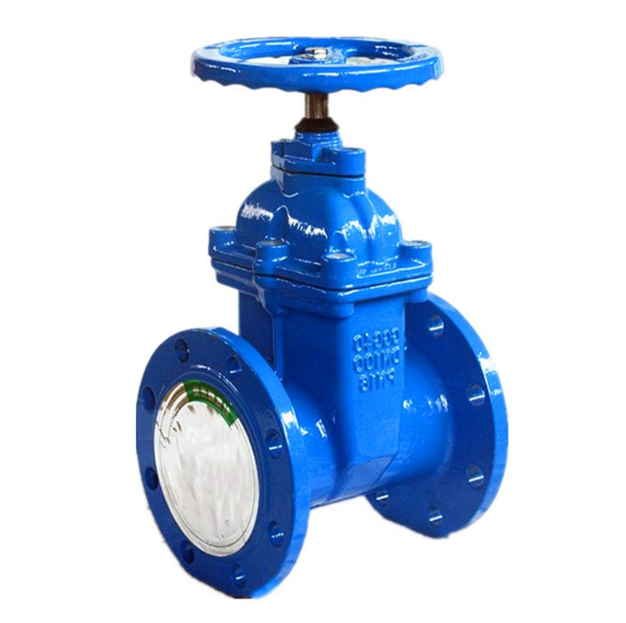Understanding the Function and Benefits of a Reducing Flange in Piping Systems
Understanding Reducing Flanges A Key Component in Piping Systems
In the world of piping systems, efficiency and functionality are paramount. Engineers and designers constantly seek ways to improve the performance of various components needed for fluid transport. One such critical component is the reducing flange, an essential item in piping installations and fluid distribution systems. This article aims to explore what reducing flanges are, their applications, benefits, and how they contribute to the overall effectiveness of pipelines.
What is a Reducing Flange?
A reducing flange is a specialized type of flange that is designed to connect pipes of different diameters. Unlike standard flanges, which maintain the same diameter, reducing flanges feature a tapered design that allows for a seamless transition between two different pipe sizes. This is particularly important in systems where space is limited or where there is a need to control the flow of fluids through pipes of varying diameters.
Applications of Reducing Flanges
Reducing flanges find their applications across various industries, including oil and gas, chemical processing, water treatment, and construction. In the oil and gas industry, for instance, reducing flanges are used extensively in pipelines that transport crude oil and natural gas. They ensure that the flow rate and pressure are maintained while accommodating the varying sizes of pipes used in the system.
In water treatment facilities, reducing flanges help connect different sections of piping systems that may vary in diameter due to design or retrofitting measures. They facilitate efficient water flow, reduce turbulence, and ensure that the treatment processes remain effective.
Moreover, in HVAC systems, reducing flanges are essential for connecting ductwork of different sizes, optimizing airflow, and maintaining efficient temperature control within buildings
.Benefits of Using Reducing Flanges
reducing flange

One of the primary benefits of reducing flanges is their ability to provide a smooth transition between differing pipe sizes, which minimizes turbulence and enhances flow efficiency. This is crucial in maintaining the pressure and velocity of fluids as they move through the pipeline.
Additionally, reducing flanges help in saving space. In many industrial applications, physical space is at a premium. Using a reducing flange allows engineers to design more compact systems without compromising the system's effectiveness.
Cost efficiency is another aspect worth considering. By incorporating reducing flanges into a piping system, companies can minimize the need for additional fittings and reducers, which can increase material and labor costs. A single reducing flange can often replace multiple parts, streamlining assembly and reducing installation time.
Considerations When Using Reducing Flanges
While reducing flanges are immensely beneficial, proper selection and installation are crucial. Factors such as material compatibility, pressure rating, and the specific sizes required must be considered to ensure the longevity and safety of the piping system. The flanges must be installed correctly to prevent leaks and maintain the integrity of the system.
Furthermore, regular inspections and maintenance of reducing flanges are necessary to identify any signs of wear or damage that could compromise their performance. Ensuring that the connections are tight and free from corrosion will extend the life of the flanges and ultimately enhance the efficacy of the entire piping system.
Conclusion
Reducing flanges play a vital role in modern piping systems, offering a practical solution for connecting pipes of different diameters. Their applications span various industries, contributing to efficient fluid transport while saving space and reducing costs. Understanding their benefits and proper maintenance requirements is essential for engineers and operators to optimize their performance and ensure the success of their piping infrastructure. As industries continue to evolve, the importance of reliable components like reducing flanges will remain a cornerstone in engineering practices.
-
3-types-of-check-valves-maintenance-tipsNewsAug.23,2025
-
ball-valves-types-with-trunnion-mounted-designNewsAug.23,2025
-
butterfly-valve-company-production-capabilitiesNewsAug.23,2025
-
fisher-globe-valve-technical-specificationsNewsAug.23,2025
-
types-of-gaskets-for-flanges-selection-guideNewsAug.23,2025
-
wedge-gate-valve-suppliers-quality-standardsNewsAug.23,2025
-
Breakthrough in Domestic Low Temperature Valve Technology in ChinaNewsAug.18,2025




